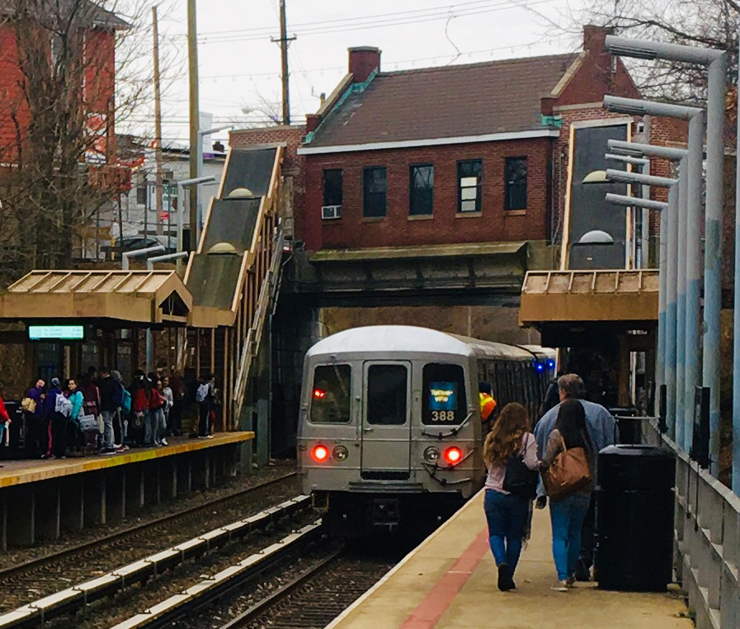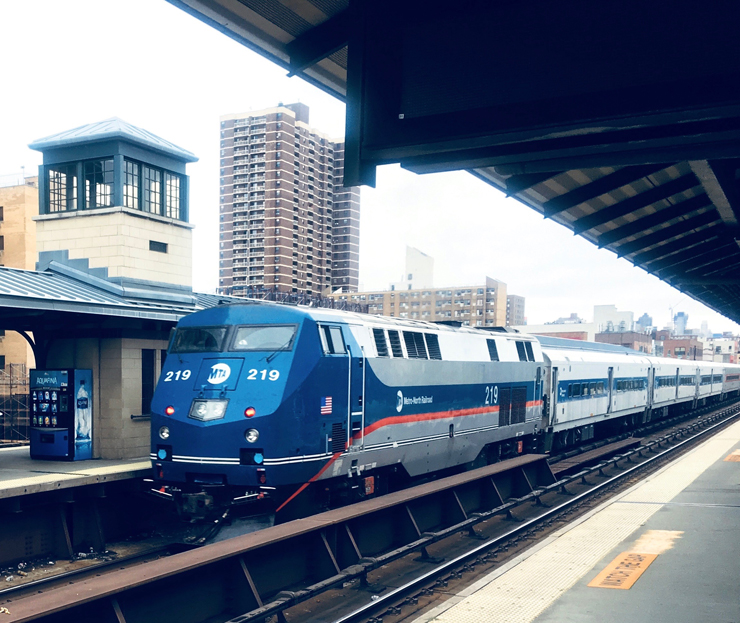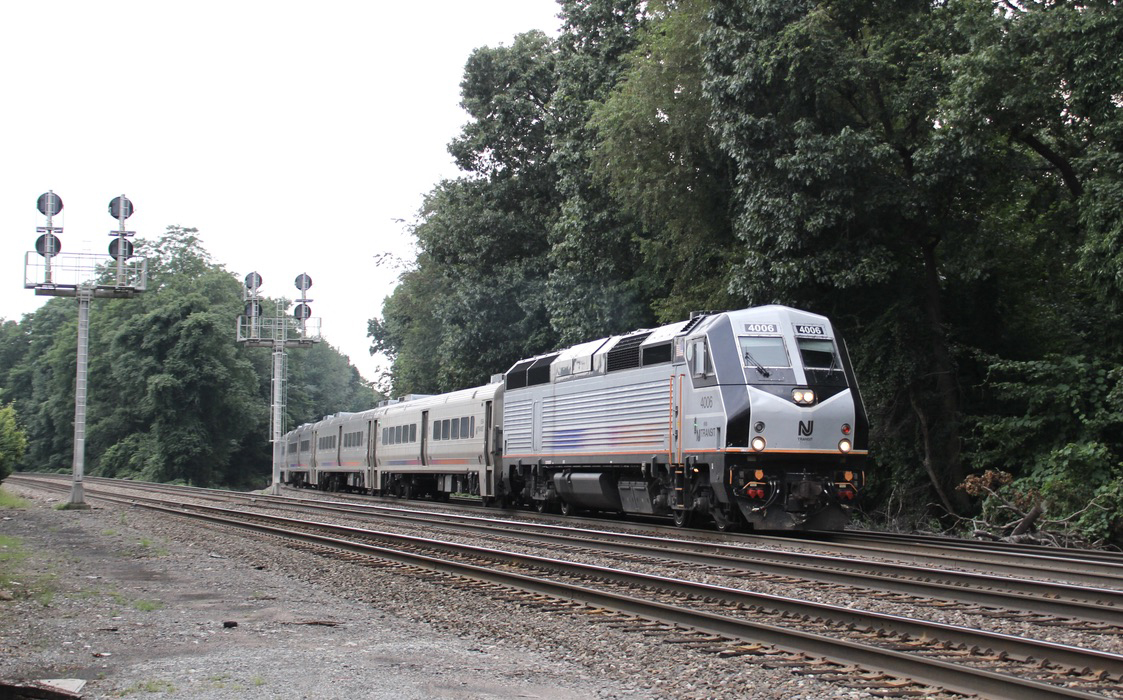NEW YORK — A proposal to reorganize New York’s Metropolitan Transportation Authority found a receptive audience at the MTA’s monthly board meeting.
The proposal, announced Tuesday by Gov. Andrew Cuomo and New York City Major Bill de Blasio, offered a 10-point plan to change the MTA, which oversees commuter rail operations and the New York City Subway. The proposal hinges on restructuring of the MTA and adoption of “congestion pricing,” a fee for vehicle operation in parts of central Manhattan, as well as taxes on legalized marijuana and internet sales.
The following day, the MTA board concurred with the recommendations, and added that without congestion pricing and cost reductions, fares would face a 30 percent increase, the number of trains would have to be reduced, and the employee headcount would have to be cut.
“In addition to the urgency of securing additional revenue, we recognize we must fundamentally reform the MTA,” said MTA Acting Chair Fernando Ferrer.
Among the facets of the proposal from Cuomo and de Blasio, which must be approved by state lawmakers:
— Centralization of back-office functions currently spread among the MTA’s six parts, which include the NY City Transit Authority, the Long Island Rail Road, Metro-North and the Staten Island Railway. There will be a restructuring plan in place by June.
— Revenue from congestion pricing, as practiced in London and other cities elsewhere in the world, will address the MTA’s capital needs. Priority would to given to new subway system signaling, new subway cars, track and car repair, accessibility, and investments in expanding transit availability. This program is to be in place by December 2020.
— The plan, including any proposed fare increases, will be reviewed by a committee of transportation, engineering, and government experts with no existing financial relationship with the MTA. Committee members will be appointed by the governor, mayor, state assembly and state senate, and organizations representing subway riders.
— All major construction projects will be “design-build” projects, with a single entity responsible for both design and construction, in contrast to the practice in which projects are designed, and then companies bid to build to the already-set specifications. All projects will be reviewed by an outside committee of members not affiliated with the MTA or its consultants. This same committee will also review a planned upgrade of subway signals, choosing between competing technologies: Communications Based Train Control, in use on two subway lines, and Ultra-Wide-Band, which was tested on two lines but is not currently in use.
— Expedited completion of the existing Subway Action Plan, which includes signal repair, water management, station enhancements, rail welding, friction pad installation, increased refurbishment efforts, and other service improvements.
At Wednesday’s MTA board meeting, Ferrer offered examples of further reforms. Each of the six MTA agencies has submitted consolidation proposals and been asked to identify $500 million in annually recurring savings. Also, vendor and contractor hourly rates have been cut by 10 percent across the board, a move expected to save $75 million.
The board also approved fare increases, effective April 21.
For the Transit Authority, which operates the subway, Staten Island Railway, and buses, the base fare of $2.75 per ride will stay the same; the 30-day unlimited ride will increase by 5 percent; the 7-day unlimited ride MetroCard will increase 3.1 percent; and a discount for those who buy multiple base-fare rides in advance will end.
Increases for weekly and monthly tickets for the Long Island Rail Road and Metro-North Railroad, which are distance- and time-based, were capped at a little less than 4 percent. There is a maximum monthly increase of $15, and a cap on tickets of $460; a maximum weekly increase will be $5.75. One-way tickets will be increase by as much as 50 cents.
















Here is my perspective on the proposal and how it will work out:
1. Back office consolidation: Won’t work. Each unit is its own little empire and those in charge will go to the mat to keep their own power and independence. Don’t count on Connecticut letting Metro North jobs move to New York.
2. Congestion pricing: Maybe it works in the UK but it won’t work here. People want to drive their cars to work and don’t want to pay a fee to do so. They also don’t want to ride the dangerous and filthy subway system if they don’t have to. There will be a threatened and real exodus of jobs from Manhattan until the governor and mayor back off this one.
3. Independent plan oversight: This may come about but they will be as ineffective as the governor’s anti corruption probe. Once they get too close they’ll be told their job is done and be disbanded as a committee.
4. Design build: Sounds good in theory but will be subject to my #1 observation and #3 observation. Individual MTA managers will not agree with any design they are not a part of is going to work. Their idea is better. And remember that New York is a pay for play state. Those who contribute the most to campaign re-election funds will get the work.
5. Expedited completion: The union will have something to say about this. They will do something that should take a day and one half in three days rather than a week but they’ll want a lot more money to do it. After all, they have gotten used to those $400 per hour overtime checks. It is now their right.
6. Increased fares: Bet on it. Probably the way it should be. Those who use the system should pay for it.
If it moves, tax it.
If it keeps moving, regulate it.
If it stops moving, subsidize it.